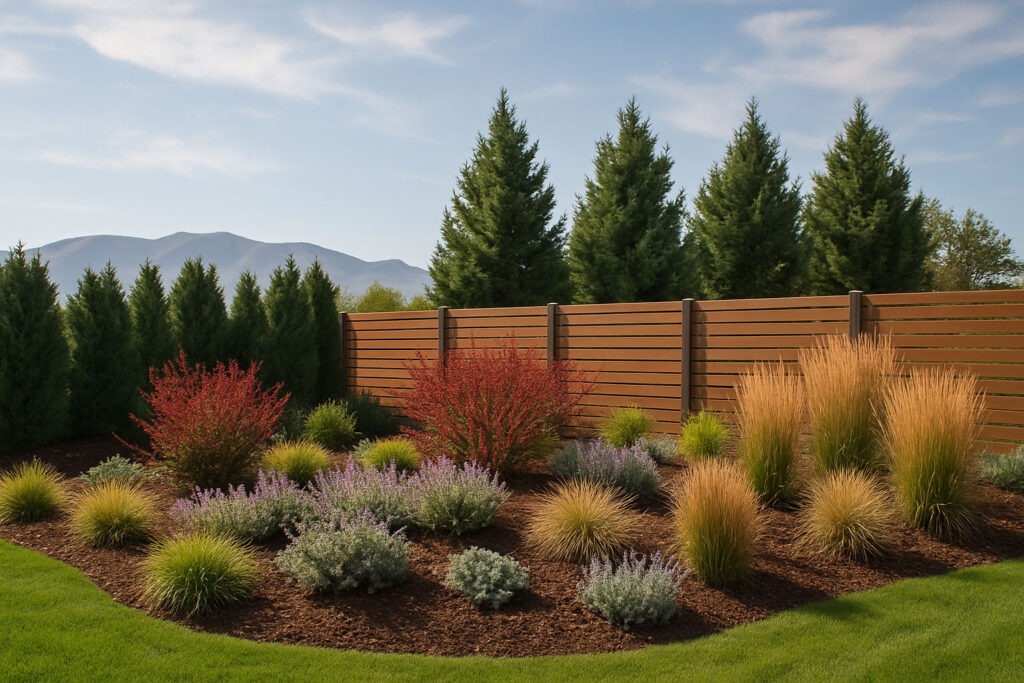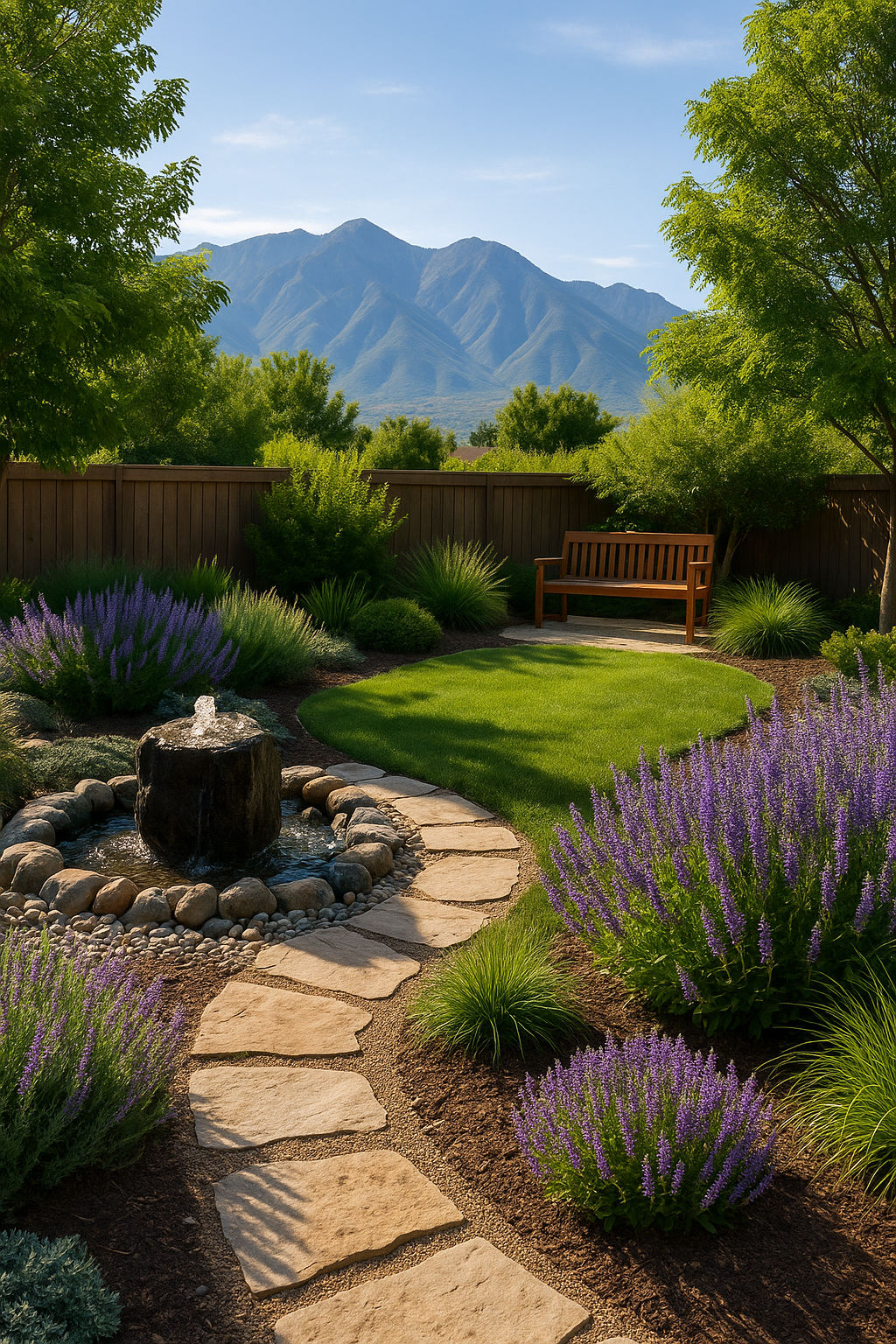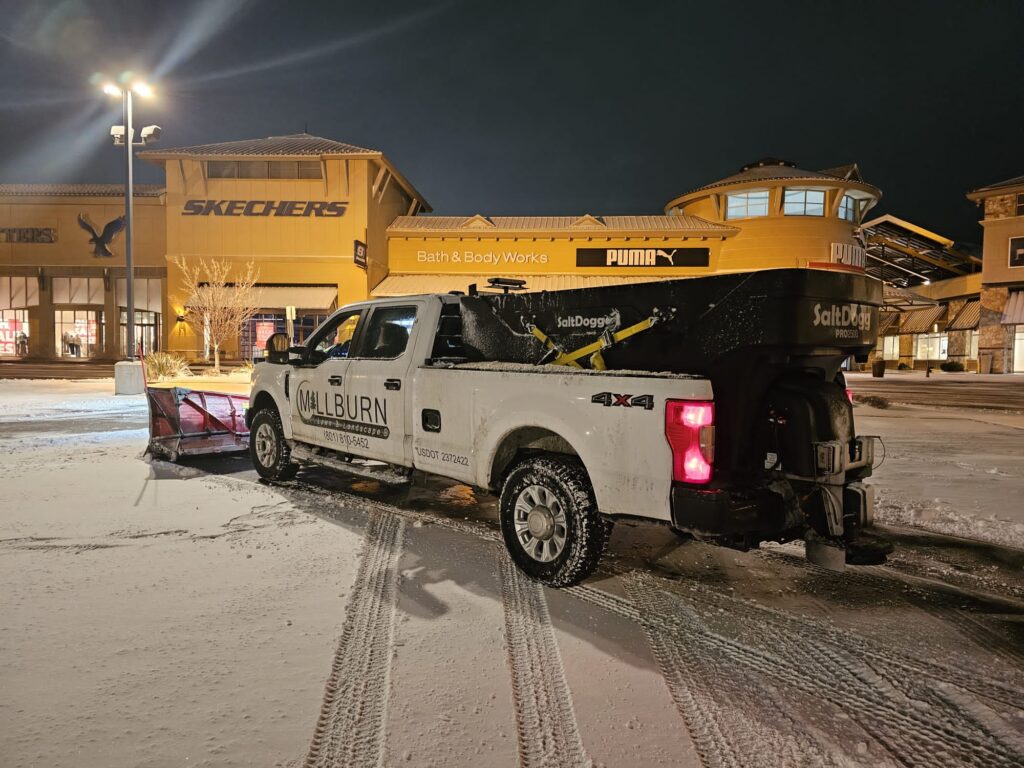Creating an outdoor space that feels just right isn’t always about flashy plants or expensive materials—it’s often about the emotional flow of the landscape. Homeowners across Salt Lake City are beginning to recognize the power of emotional landscape design—a blend of psychology, aesthetics, and natural rhythms—to create spaces that feel as good as they look.
Whether you’re redesigning your backyard for peace, energy, or functionality, understanding the psychological principles of landscape design can make all the difference.
What Is Emotional Landscape Design?
Emotional landscape design focuses on how a space influences your feelings and behaviors. Just like interior design shapes the mood of a room, landscape design can evoke calm, excitement, inspiration, or comfort through intentional layout, plant selection, and flow.
For Salt Lake City homeowners, this approach is especially impactful when paired with Utah’s breathtaking views and unique climate.
Why Layout Flow Matters in Your Yard
A disjointed yard feels uncomfortable—much like walking into a room with furniture placed randomly. A yard designed with landscape flow guides the eye and body naturally from one space to another.
Landscape design flow elements include:
- Curved walkways that gently guide movement
- Clear entry points that define transitions between spaces
- Sight lines that open up views of the Wasatch Mountains or focal features like a fountain or fire pit
- Zoning, where areas are defined for activity, rest, and reflection
This structure creates a mental map of comfort, similar to how well-designed rooms invite lingering or conversation.
Wellness-Focused Yards: Designing for Mind and Body
If you’re craving a yard that reduces stress and supports wellness, the psychology of landscape design delivers powerful results.
Some proven wellness yard design strategies include:
- Natural materials like stone and wood to anchor the space emotionally
- Neutral color palettes with pops of soothing greens and blues
- Sensory layering (rustling grasses, aromatic plants like lavender or mint, water features)
- Private nooks with seating for meditation, reading, or quiet reflection
- Soft, curved shapes in beds and borders to ease visual tension
By integrating these features into your Salt Lake City landscape design, your yard becomes a space for restoration—not just decoration.
Local Applications: Bringing Psychology to Salt Lake City Yards
Salt Lake City’s climate and topography provide the perfect canvas for thoughtful outdoor design. Whether you’re in Sugar House or the Avenues, consider:
- Framing mountain views with layered hedges or ornamental grasses
- Incorporating native plants for easier maintenance and organic cohesion
- Using elevation changes to create gentle visual progression
- Creating shade in seating zones for comfort during hot Utah summers
Emotionally intelligent design doesn’t mean overhauling everything—it’s about designing with intention, guided by how you want to feel in your space.

Ready to Create a Yard That Feels Right?
At Millburn Landscape, we specialize in wellness-focused landscape design rooted in both aesthetics and emotion. Whether you want a peaceful garden retreat or an energizing outdoor entertainment space, we’ll guide you through a design that aligns with how you want to live outdoors.
Explore our custom design services
Serving homeowners throughout Salt Lake City and the Wasatch Front.
FAQs: The Psychology of Landscape Design
Q: Is emotional landscape design more expensive than traditional design?
A: Not necessarily. It’s more about intention and layout than luxury features. You can create a wellness-focused yard on nearly any budget.
Q: How do I know what mood or feeling my yard should have?
A: Start by considering how you want to use the space—do you want to entertain, relax, garden, or meditate? The design should support your lifestyle.
Q: What are good plants for a wellness-focused yard in Utah?
A: Lavender, sage, ornamental grasses, and native shrubs like serviceberry are excellent for both aesthetics and low-maintenance peace.




